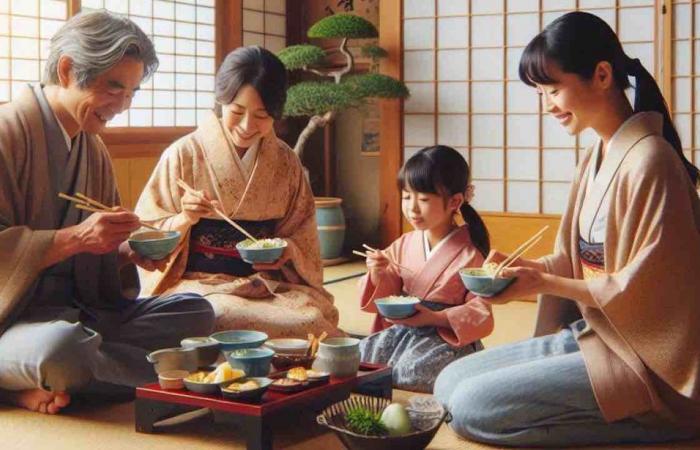
Have you ever tried to understand why some people live longer and happier lives than others? Then you’ve probably heard of blue zones, such as Okinawa in Japan. Blue zones are regions of the world where the longevity of residents is particularly high.
What exactly is a blue zone?
A Blue Zone is a region of the world where people live longer than average and enjoy a better quality of life. These areas are notable for the exceptional longevity of their residents, often exceeding 100 years, as well as reduced rates of chronic disease.
Some of the best-known Blue Zones include Okinawa in Japan, Sardinia in Italy, Ikaria in Greece, the Nicoya Peninsula in Costa Rica and Loma Linda in California, United States.
Lifestyles in these regions often include healthy eating, regular physical activity, a strong sense of community, and good stress management habits.
Generally, Okinawan women have a higher life expectancy than those in any other region of the world, according to longevity expert Dan Buettner. Additionally, “Okinawans have less cancer, heart disease and dementia than Americans,” Buettner writes on his website.
The exceptional life expectancy of the island’s inhabitants has captured the attention of authors Héctor García and Francesc Miralles. They interviewed more than 100 of Okinawa’s oldest people and shared the daily practices of these centenarians in their book, “Ikigai: The Japanese Secret to a Long and Happy Life.”
Here are 3 daily practices of the Japanese that contribute to a long and happy life:
1. They do low-intensity movements for at least 5 minutes a day
Nearly all of the centenarians García and Miralles spoke to said they regularly practiced radio taiso, a Japanese exercise that has been popular for decades.
“Even the residents of the retirement home we visited spent at least five minutes each day, although some performed the exercises from their wheelchairs,” the authors explain in their book.
This exercise requires only low-intensity movements and can be completed in five minutes or less. What really makes it unique is that it is usually done in a group. According to García and Miralles, one of the main goals of Radio Taiso is to “foster a sense of unity among participants.”
2. They find purpose and stay busy
There is a Japanese proverb that states that “only constant activity makes one want to live a hundred years.” Okinawans achieve this by discovering their ikigai, their reason for being. This encourages them to focus on the deeper meaning of life.
Ikigai can be roughly translated as “the joy of always being busy.” Often, the people who live the longest don’t retire.
For example, Hayao Miyazaki is an animation director at Studio Ghibli in Japan at the age of 83. After a brief retirement in the 90s, Miyazaki returned to continue creating new animations. In 2023, he even released a new film.
3. What are the daily practices of the Japanese for a long and happy life? They achieve a state of flow
Garcia and Miralles wrote in their book: “There is no magic recipe for finding happiness by living according to your ikigai.” However, according to them, a key element is the ability to achieve the state of flow. This allows for an “optimal experience.”
The concept of flow, introduced by psychologist Mihaly Csikszentmihalyi, describes a state where one is totally absorbed by an activity. According to García and Miralles, immersing yourself in this state of flow allows you to be more present. It also helps improve concentration and temporarily forget about concerns.
They also note: “The happiest people are not necessarily the most successful. They are the ones who spend the most time in a state of flow.”
Thus, these practices indicate that longevity and happiness do not depend solely on genetic or environmental factors. They also depend on daily lifestyle choices such as moderate physical exercise, the pursuit of a goal, and engaging in activities that promote an optimal mental state.





